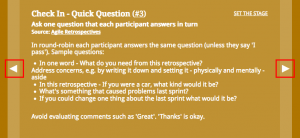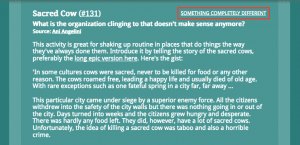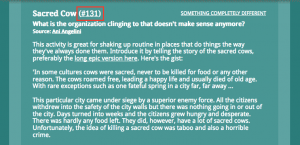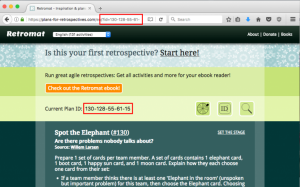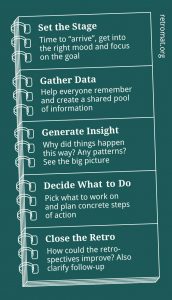“How do you best run a remote retrospective with a distributed team?” is the question I get asked the most. Unfortunately, I have no idea. I have been fortunate enough to only have worked with co-located teams. Of course that’s not helpful for the people who ask.
That’s why I reached out to people who actually run distributed retrospectives to share their insights with us.
First up, Christoph Sperle, Scrummaster from Basel
tl;dr 1) You don’t need to plan a remote retro differently from a co-located one. 2) WebEx works well. 3) Use the inbuilt audio.
Full Interview
What’s the situation?
I have facilitated retrospectives for the last 18 months and remote retrospectives for 9 months.
The remote team consists of several people in Basel and 3 remote team members that are in Poland, UK and the US respectively. All remote people have at one point been to Basel and met the Basel team, but not the other “remotes”.
The different time zones (US) and the language barrier add additional layers of difficulty.
Outside of the retrospective the team communicates mostly by chat.
Do you prepare differently for a remote retro than a co-located one?
I used to plan them differently, for example doing brainstorming and a Learning Matrix in Trello. But this approach completely killed the vibe of a retrospective. Everybody was just staring into their computers. No real exchange.
Today I plan remote retrospectives the same way I plan co-located ones.
What’s your setup?
We use WebEx to have all remote team members with us in the room on a big screen. The remotes see our whiteboard on their screens. We do all activities as you would normally do. Whenever the remotes share their stickies, I write them down and put the on the board. That’s the most stressful part for me.
We tried lots of different things with audio. The telephone was not a good option. Low quality and it was confusing that the voice did not come from the screen. Now we just use the WebEx audio and the speakers from the TV screen that shows our colleagues. That works well for us.
Do remote retrospectives have any advantage over co-located ones?
None that I can think of. Technology is always hassle and makes it more difficult to address things. Our team members are familiar with each other by now. For fresh teams it’s harder to speak their minds.
Thank you very much, Christoph!
Stay tuned for the next interview with Frank!



